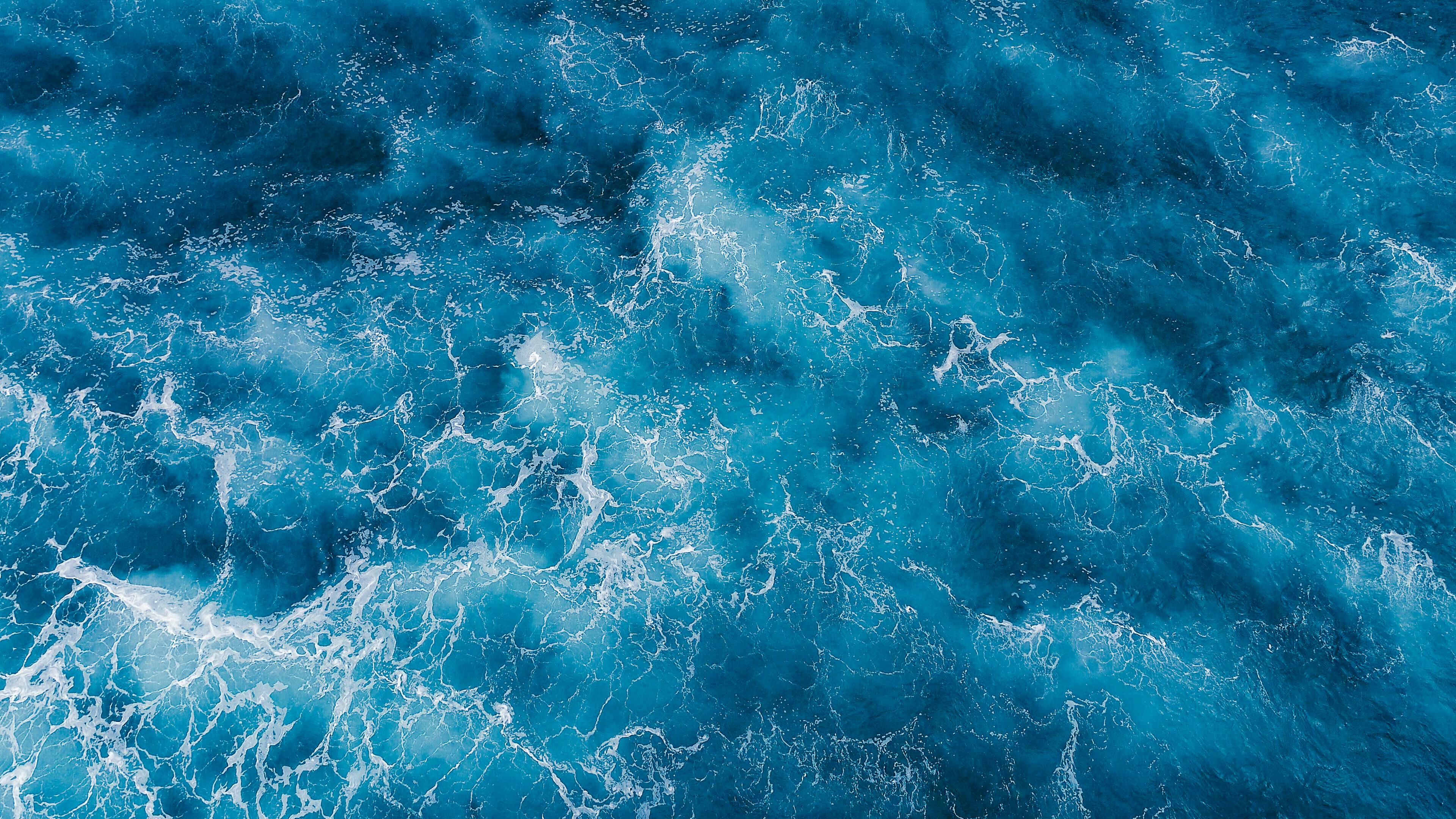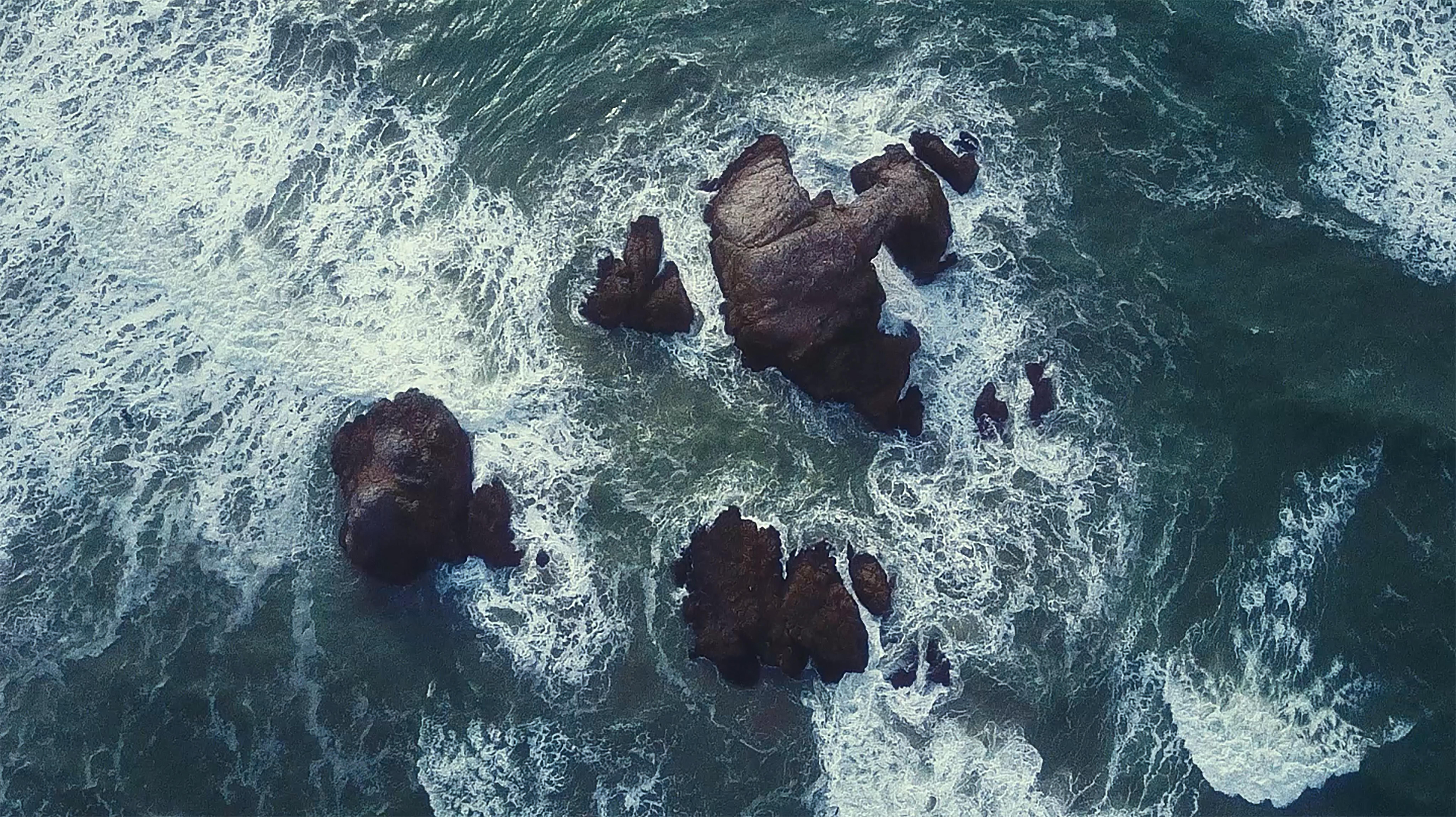Water main breaks can be caused by a variety of factors, including corrosion, freezing temperatures, soil movement and other environmental conditions. They can also be caused by age and wear and tear on aging pipes. A water main break can cause sudden flooding, disruption of service to customers, contamination of drinking water and other significant problems. It’s important to understand the causes of water main breaks in order to help prevent them from happening in the future.Water main breaks can be caused by a number of factors, including age, corrosive soil, temperature variations, water pressure, ground movement, and construction activities. Aging water mains can become brittle and crack due to the corrosion of the pipes. Corrosive soil can speed up the rate at which pipes corrode and eventually crack. Temperature variations can cause pipes to expand and contract which can cause them to eventually crack. Excessive water pressure or surges in pressure can also cause pipes to break. Ground movement from seismic activity or shifts in the soil due to plumbing or construction activities can also cause breaks in water mains.
Common Causes of Water Main Breaks
Water main breaks can be a nuisance, causing flooding, property damage, and interruptions to water service. Knowing the common causes of water main breaks can help you identify potential problems before they occur. The most common causes of water main breaks include: corrosion, pipe material, construction defects, shifting soil, frozen pipes, and pressure surges.
Corrosion is one of the primary causes of water main breaks. Corrosion occurs when the protective coating on a pipe or valve deteriorates or wears away over time. This can lead to pinhole leaks in the pipe or weakened valves that are more prone to breakage.
The type of material used in your water service line can also contribute to water main breaks. Older pipes may be made from cast iron or other materials that are more susceptible to corrosion than newer pipes made of copper or PVC.
Construction defects can also cause water main breaks if the pipe is not installed correctly or if there are gaps in the line caused by poor workmanship. Poorly compacted soil around a waterline can cause shifting that puts stress on the pipes and leads to cracking and breakage over time.
Frozen pipes are another common cause of water main breaks, especially in colder climates where temperatures drop below freezing for extended periods of time. When exposed to extreme cold temperatures, ice can expand and put excessive pressure on pipes which can eventually lead to cracking and breakage.
Finally, sudden pressure surges in the system due to firefighting activities or power outages at pumping stations can also cause damage to a pipe system leading to a possible breakage. By understanding these common causes you can help identify potential problems before they become major issues requiring repair or replacement of your water line.
Introduction to Corrosion
Corrosion is the deterioration of materials due to chemical or electrochemical reaction with the environment. It is a major problem in many industries, including the oil, gas and water pipe systems. Corrosion can lead to a variety of issues such as loss of material, leaks and contamination. In order to prevent corrosion in pipe systems, it is important to understand the causes and effects of corrosion and how it can be prevented.
Types of Corrosion
There are two main types of corrosion that can occur in pipe systems: chemical and electrochemical corrosion. Chemical corrosion occurs when a chemical reaction between the metal and its environment results in the formation of an oxide layer on the metal surface. This oxide layer prevents further reaction between the metal and its environment, thus preventing further corrosion. Electrochemical corrosion occurs when an electrical current passes through a metal surface, resulting in a chemical reaction which causes the metal surface to corrode. This type of corrosion is often caused by electrolytes present in water or other liquids that come into contact with the metal surface.
Causes of Corrosion
The most common cause of corrosion in pipe systems is oxygen (O2). Oxygen reacts with metals to form oxides that cause rusting or pitting on metal surfaces. Other factors that can contribute to corrosion include high humidity levels, high temperatures, low pH levels, corrosive chemicals present in water or other liquids, and bacterial growth on metal surfaces.
Effects of Corrosion
Corrosion can have several effects on a pipe system including leaks, blockages, reduced flow capacity and contamination. Leaks are caused when holes form due to corrosion on pipes which then allow liquids or gases to escape from them. Blockages occur when debris from corroded materials clogs up pipes preventing fluid flow from occurring. Reduced flow capacity occurs when there is less space for fluids to move through due to corroded material reducing the internal dimensions of pipes. Contamination can occur if corrosive liquids enter through cracks or holes formed by corroded material.
Preventing Corrosion
There are several methods for preventing corrosion in pipe systems including using materials that are resistant to corrosion such as stainless steel, galvanized steel or plastic pipes; implementing proper maintenance procedures such as regularly cleaning out debris; using protective coatings; using inhibitors; controlling environmental factors such as temperature and humidity levels; and monitoring pH levels regularly.
Conclusion
Corrosion is a major problem for many industries including oil, gas and water pipe systems. It can lead to a variety of issues such as leaks, blockages, reduced flow capacity and contamination which can be costly if not dealt with properly. In order to prevent corrosion it is important to understand its causes and effects as well as how it can be prevented by using materials that are resistant to corrosion; implementing proper maintenance procedures; using protective coatings; controlling environmental factors; and monitoring pH levels regularly.
Poorly Constructed Pipes
The quality of pipe construction is essential for a reliable and safe water delivery system. Poorly constructed pipes can lead to decreased water pressure, leaks, and other costly problems. In some cases, an improperly installed pipe can even put the safety of the public at risk. Poorly constructed pipes can also reduce the efficiency of a water system, leading to higher energy costs and more frequent maintenance. It is important to select pipe materials that are designed for the specific application and understand the proper installation techniques for optimal performance.
Pipe construction involves several different steps, beginning with selecting the right type of material for the job. Different pipe materials have different levels of strength and flexibility, which should be taken into consideration when making a selection. Other factors such as cost, availability, ease of installation, resistance to corrosion, and expected lifespan should also be considered.
Once a type of material has been chosen, it is important to follow proper installation techniques in order to ensure long-term performance. This includes using the right tools and equipment for cutting and joining pipes as well as ensuring that all connections are properly sealed and secured. Poorly constructed pipes can easily leak or fail if not properly installed.
In addition to proper construction techniques, regular maintenance is essential for keeping pipes in good condition over time. This includes checking for leaks or corrosion on a regular basis as well as ensuring that all connections are secure and free from debris or obstructions. Regular inspection can help identify potential problems before they become major issues that require costly repairs or replacement.
Overall, poorly constructed pipes can lead to costly problems down the line if not properly installed or maintained. It is important to select the right type of material based on its physical properties and expected lifespan as well as understanding proper installation techniques in order to ensure optimal performance over time. Regular maintenance should also be performed in order to keep pipes in good condition over time.
Pressure Build-up in the Pipes
The pressure build-up in pipes is a common problem for many industries. It can occur due to various reasons such as blockages, excessive wear and tear, or a build-up of sediment. Pressure build-up can be dangerous, as it can cause a pipe to burst and cause property damage or even loss of life. To prevent this from occurring, it is important to identify the causes of pressure build-up and take appropriate steps to reduce it.
One of the most common causes of pressure build-up is blockages. These can be caused by dirt, debris, or other materials that get stuck in the pipes. Blockages can lead to an increase in water pressure which can then lead to a burst pipe if not addressed quickly. Therefore, it is important to regularly inspect pipes for any signs of blockage and take appropriate steps to clear them as soon as possible.
Another cause of pressure build-up is excessive wear and tear on the pipes. This can occur over time due to corrosion or other factors such as age or heavy usage. When this happens, it is important to replace any damaged parts as soon as possible before they start to affect the pressure within the system.
Finally, sediment buildup in pipes can also lead to increased pressure within the system. This sediment can come from organic material such as dirt and leaves that have been washed into the system or from minerals such as calcium carbonate that are naturally present in some water sources. To reduce sediment buildup in pipes, it is important to regularly flush them out with clean water and keep an eye on any signs of buildup that may be present.
In conclusion, there are several causes of pressure build-up in pipes which need to be identified and addressed as soon as possible in order to prevent property damage or worse consequences from occurring due to pipe bursts. Regular inspections should be conducted for blockages and excessive wear and tear while flushing out any sediment buildup on a regular basis will help keep pipes functioning properly with minimal risk of increased pressure leading to bursts or other damages..

Climate Changes and Water Main Breaks
With the rising global temperature, climate change is becoming an ever-growing threat to our environment. As temperatures rise, the ground surrounding water mains and pipes can become unstable, leading to more frequent water main breaks. These breaks can cause flooding in homes and businesses, as well as property damage and disruption of service. Additionally, climate change has been linked to an increase in extreme weather events such as floods, hurricanes, and droughts. These events can also cause damage to water mains and pipes which leads to further disruption of service.
In order to minimize the impact of climate change on water main breaks, cities and utilities should take steps to ensure their infrastructure is up-to-date and able to withstand extreme weather events. This includes inspecting pipes for deterioration or damage on a regular basis and replacing aging pipes with newer ones that are better designed for extreme conditions. Additionally, cities should invest in flood mitigation strategies such as stormwater management systems that are designed to prevent flooding caused by heavy rains or rapid snowmelt.
To further reduce the risk of water main breaks due to climate change, cities should also consider investing in green infrastructure solutions such as green roofs or rain gardens that can help absorb excess water during heavy rains or rapid snowmelt. These solutions can help reduce the amount of runoff entering into sewer systems which can put strain on existing infrastructure leading to more frequent water main breaks. Furthermore, cities should work with local utilities to ensure that their infrastructure is up-to-date with current standards for extreme weather events.
Overall, climate change is a growing threat that has the potential to cause significant disruption of services due to more frequent water main breaks caused by extreme weather events such as floods or droughts. In order to reduce this risk cities should take steps to ensure their infrastructure is up-to-date with current standards for extreme weather events and consider investing in green infrastructure solutions that can help absorb excess water during heavy rains or rapid snowmelt which can help reduce the amount of runoff entering into sewer systems leading to fewer water main breaks.
Age of the Pipe System
The pipe system is one of the oldest forms of plumbing, and it has been used for centuries. It is believed that the first pipe systems were developed in ancient Egypt and Mesopotamia, and they were used to bring water from rivers and other sources into cities and towns. The Romans are credited with developing the first large-scale public water supply systems, which allowed them to build huge cities with aqueducts that brought water from distant sources. These aqueducts used a complex network of pipes to transport water throughout the city.
Since then, many other civilizations have created their own pipe systems. In Europe during the Middle Ages, castles had moats filled with water that was supplied by a system of pipes. In China, during the Ming Dynasty (1368-1644), a massive system of canals connected major cities throughout the country.
Today, modern pipe systems are used in many parts of the world to supply fresh water to homes and businesses. They are also used in sewage systems to transport wastewater away from populated areas to be treated and released back into the environment. Pipe systems have become an essential part of modern life, ensuring that people have access to clean water and sanitation services.
Pipe systems continue to evolve as new technologies are developed for plumbing and wastewater management. Advances in pipe materials have allowed for pipes that are more durable, efficient and cost effective than ever before. New designs for drainage systems make them easier to maintain and less prone to clogs or blockages than traditional models. Pipe technology has also improved greatly for potable water delivery, making it easier for municipalities to provide clean drinking water without relying on costly filtration methods.
The age of the pipe system continues as these advances are made in order to ensure that people around the world have access to safe drinking water and sanitation services. As new technologies continue to be developed, our reliance on this ancient form of plumbing will only increase as it becomes more efficient and cost effective over time.
Construction Nearby Pipes
Construction projects near pipes require extra care and caution to ensure that no harm is done to pipelines and other components. Therefore, it is important to consider a few steps before beginning construction. The first of these steps is to identify all nearby pipes and ensure they are properly marked. This is especially true if the project involves excavation that may put the pipes at risk of being damaged. Once all nearby pipes have been identified, it is important to contact the respective pipe owners or operators to discuss the construction plans and any potential risks associated with the project.
The second step involves making sure that all necessary safety precautions are taken for the duration of the construction project. This includes ensuring that workers are aware of any potential hazards related to nearby pipes, as well as having proper protective equipment on hand in case an accident does occur. Additionally, it is essential to keep a close eye on any excavation work near pipes and be prepared to take appropriate action if any issues arise.
Finally, it is important for contractors to be aware of any regulations or guidelines related to working near pipelines in order to properly protect both workers and pipelines from harm during construction projects. Adhering to these regulations helps ensure that no damage is done while also providing peace of mind for everyone involved in the project.
By following these steps, contractors can ensure that their construction projects do not cause unnecessary damage or disruption due to nearby pipes or other components. By taking these precautions before beginning work, contractors can help protect both their workers and surrounding infrastructure throughout their construction projects.

Conclusion
Water main breaks can be caused by a variety of factors, including corrosion, aging pipes, and extreme weather conditions. It is important to take the necessary steps to prevent water main breaks by inspecting the system regularly, replacing or repairing pipes when necessary and protecting the pipes from extreme temperatures. Additionally, it is important to ensure that the water pressure within the system is maintained at an appropriate level in order to reduce the risk of water main breaks. While prevention is key, it is also important for property owners to be aware of what causes water main breaks and how to recognize them in order to minimize any potential damage.
By understanding what causes water main breaks and taking steps to prevent them, property owners can help protect their investments and ensure that their systems are functioning properly.


